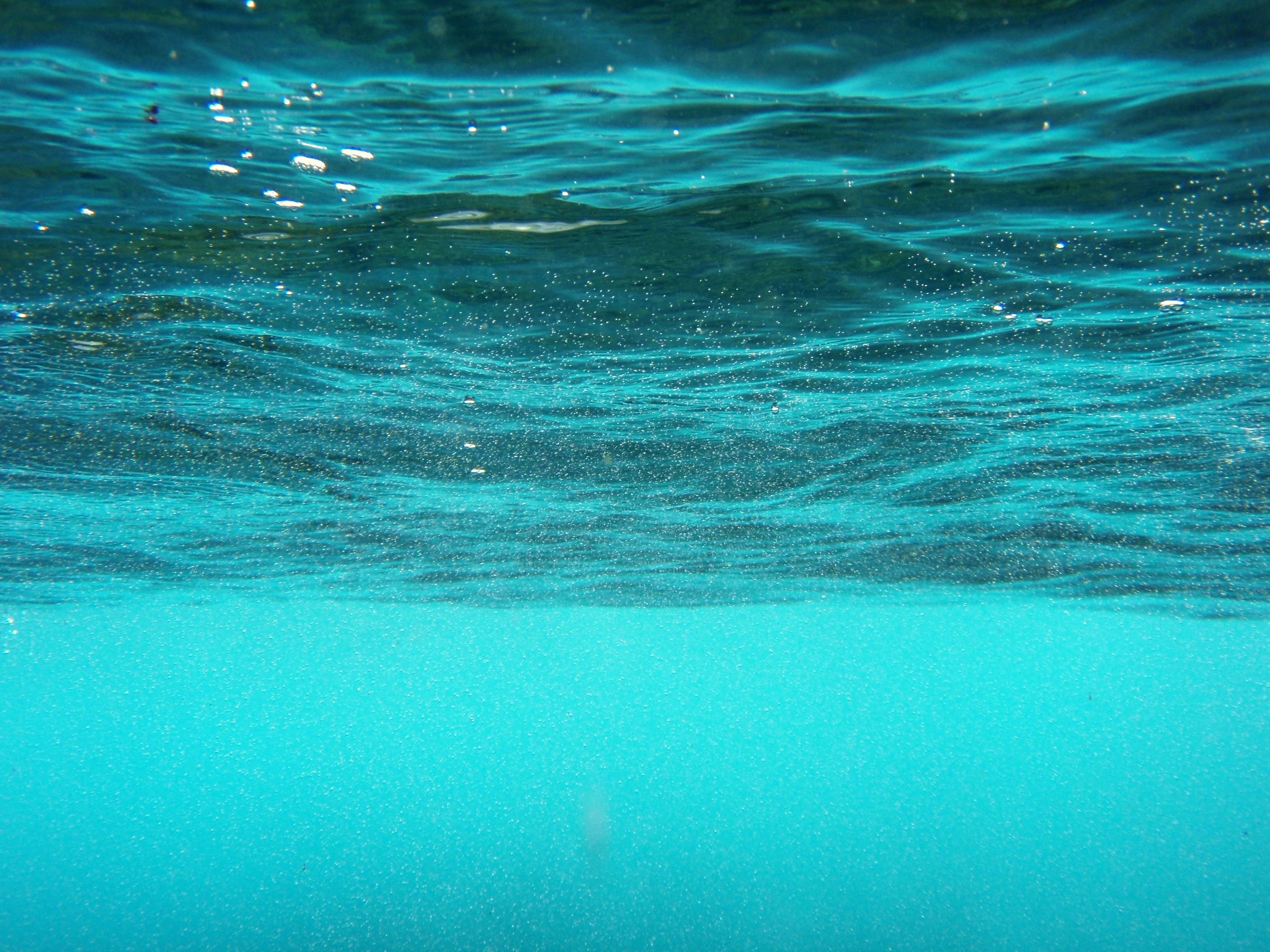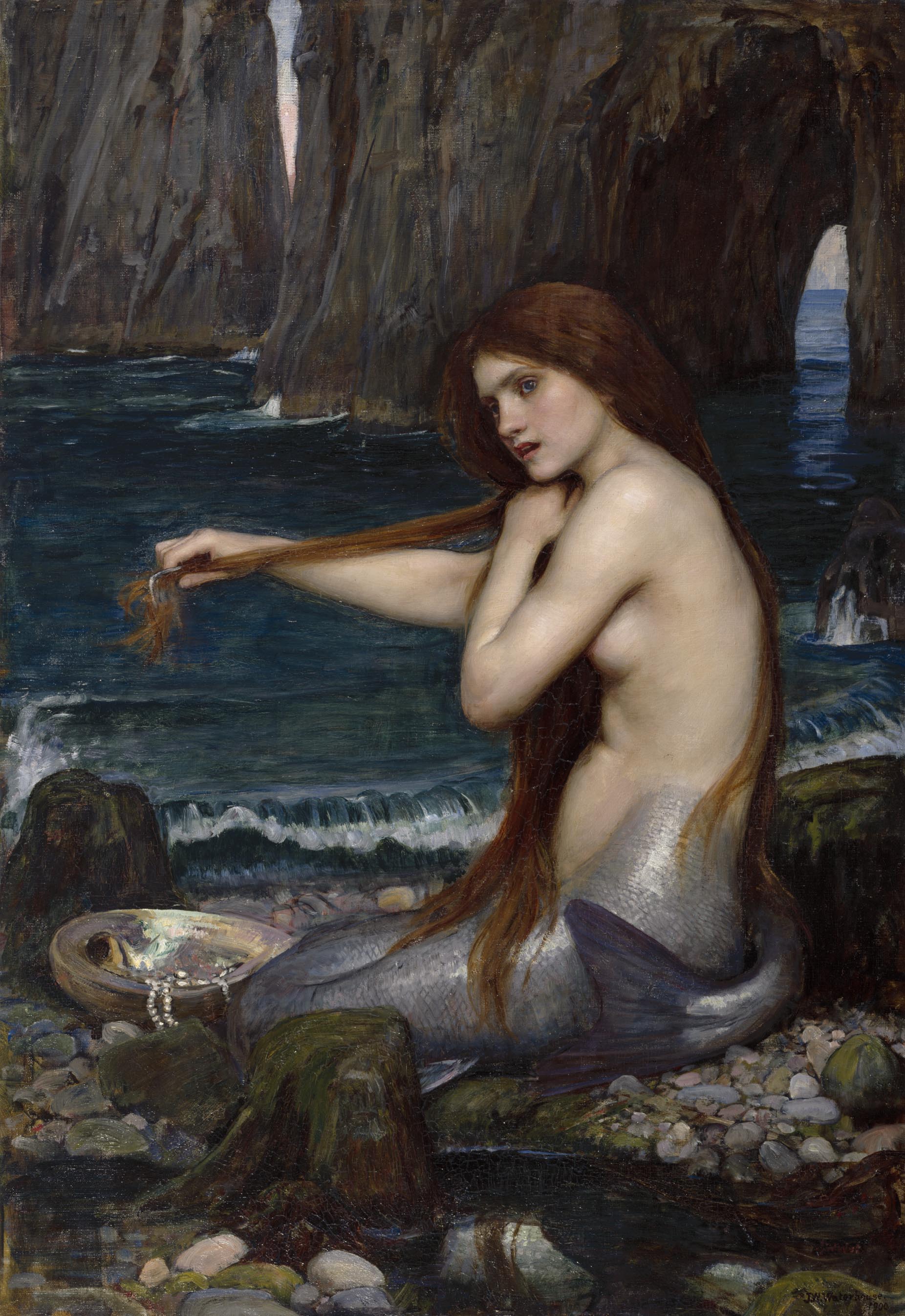Maro (mair-oh)
The Maro are a species of amphibious humanoids found in the waters of Solia.
Basic Information
Anatomy
The Maro have the upper body similar to other humanoid species, with two well-built arms and broad shoulders. Below the hips, Maro have a long tail similar to fish or dolphins that end in broad, powerful fins.
Genetics and Reproduction
Mammalian in nature, the Maro reproduce sexually. Male reproductive organs are found within the anterior of the midsection, approximate the same location of other humanoid mammalian species, but typically internal until aroused. Female internal reproductive organs are nearly identical to those of female humanoid mammals.
Typical gestation for Maro is between six to seven months, with the female carrying the young internally. Most Maro births are done in shallow lagoons and isolated coves; within one week of the birth, the child is gradually introduced to the surface and taught how to breathe surface air.
Growth Rate & Stages
Maro reach adolescence between twelve and fifteen years and are considered an adult by their nineteenth year in most settlements. Maro reach middle age around thirfty-five years, are considered old around fifty years, and venerated as elders starting at seventy years. Maro typically die from age between seventy and ninety years of age. The oldest Maro in recorded history was known to be one-hundred and four years old.
Ecology and Habitats
Maro are typically found in temperate and tropical waters near the equatorial region of Solia. Most Maro can survive in waters with temperatures that range from 35 to 90 degrees Fahrenheit (1.67 - 32.22 Celcius / 274.8 - 305.3 Kelvin), with ideal temperatures around 70 degrees (21.11 Celcius / 294.3 Kelvin).
Maro are capable of withstanding the high pressures of depths around 6,500 feet (2,000 meters).
Dietary Needs and Habits
Maro are an omnivorous pescetarian species. They typically farm various fish species and grow aquatic plants to supplement their diet.
Additional Information
Facial characteristics
Maro facial features appear more like Nuaira than human.
Perception and Sensory Capabilities
Maro are capable of seeing twice as far as Humans in low-lighting conditions.
Civilization and Culture
Major Language Groups and Dialects
Maro speak Aquan. Those near surface settlements tend to learn the Common tongue, as well as whatever local or racial languages are spoken in that settlement.
Interspecies Relations and Assumptions
Maro are hesitant to interact with the surface races, due to the Ezirandi propensity for enslaving or killing their kind. As a result, the Maro have established the Undine as their merchants and the Cecaelia as their scouts.
Scientific Name
Reference Race: Merfolk
Origin/Ancestry
Humanoid (Aquatic)
Lifespan
70-90 years
Average Weight
Males: 155 - 245 Lbs (70.31 - 111.13 kg)
Females: 65.77 - 106.59 lbs (65.77 - 106.59 kg)
Females: 65.77 - 106.59 lbs (65.77 - 106.59 kg)
Average Length
Males: 6'0" - 7'6" (1.83 - 2.29 meters)
Females: 5'10" - 7'4" (1.78 - 2.24 meters)
Females: 5'10" - 7'4" (1.78 - 2.24 meters)
Average Physique
Maro are a graceful and hale species. Male Maro tend toward broad shoulders and well-defined musculature, while female Maro tend toward slender, svelte forms.
Body Tint, Colouring and Marking
Tail color varies by region, typically taking on the color and patterns of their surroundings. Most Maro appear to have shades of green, blue, and silver in their tail, while those from the southern hemisphere, especially near Ainia, have brighter colors, with white tails and orange, yellow, or red patterns.
Hair color and skin color ranges the spectrum, varying by region. Maro from colder climates tend to have lighter colored skin and blonde, red, or brown hair, while those from tropical waters tend to have darker skin tones (typically bronze or golden) and brown, black, or dark blue hair. The Ainia region Maro tend to have black hair and bronzed skin-tones.
Geographic Distribution
Related Ethnicities
Related Myths





Comments